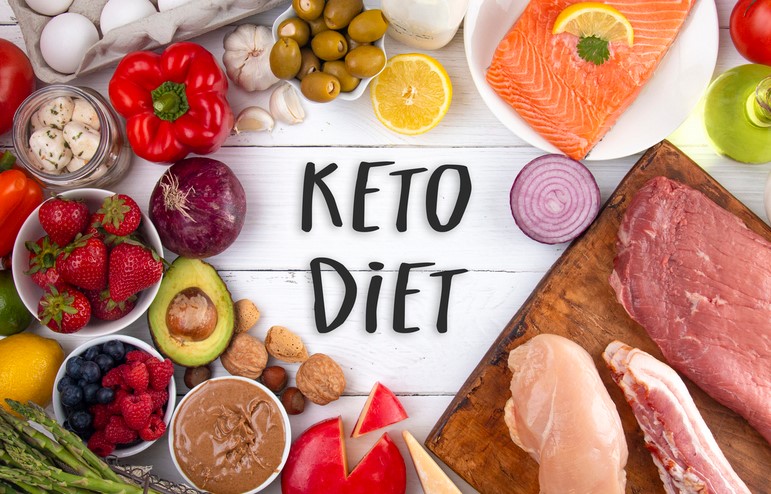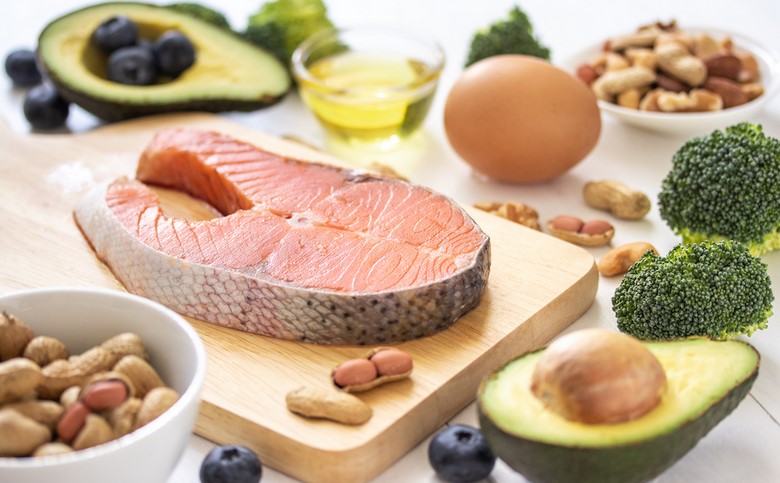The keto diet is a low- carb, high-fat diet. The ketogenic diet is not a diet for life. However, it is a great way to lose weight and improve your health. The ketogenic diet can be hard to start, but it is not impossible. However, it is important to know the benefits and drawbacks of this diet before deciding if it is the right choice for you.
The ketogenic diet is also known as a low-carb, high fat diet. The main idea behind this diet is to get the body into a “ketosis” state in order to burn fat more readily. By eating foods like meat and vegetables, you can train your body to get more energy from fats.
Low-carb diet
While the Low-carb keto diet is not a complete elimination of carbohydrates, it does limit certain types of food. These foods include rice, crackers, and sugary breakfast cereals. Other high-carb foods include bread and pasta. To cut carbs, replace these foods with healthier alternatives. For instance, you can substitute rice and pasta with mashed vegetables and shirataki noodles.
While there are many benefits to the Low-carb keto diet, it is important to remember that this type of diet does not work for everyone. A modified version of the diet, with a higher level of carbs, has been successful for many people. This type of diet is often referred to as the keto-cycle diet.
To assess the effect of the Low-carb diet on cognitive abilities, researchers conducted tests using the Mini- Mental State Examination (MMSE) and the Clinical Dementia Rating Scale (CDRS). Before and after the diet, participants were tested with neuropsychological memory tests. At the six-week and 12-week mark, participants had improved scores on their memory tests.
The diet is designed to change the way your body uses energy. Typically, when you eat a lot of carbohydrates, your body produces glucose and insulin. Glucose is the easiest molecule for your body to turn into energy, so it’s the first thing that your body will use.

High-fat
- high-fat keto diet can be a great way to lose weight. It’s a low-carb, high-fat diet that helps your body convert stored fat into energy. You should eat until you feel full, and eat as much fat as possible. You can eat a small amount of fiber in the form of vegetables (though you shouldn’t eat any starchy vegetables). You also need to eat protein, at a rate of about 0.5g per pound of body weight. For athletes, a higher protein intake is recommended.
The keto diet is popular with the health community. In fact, the book “The Keto Diet” by Leanne Vogel is the best-selling book on Amazon Canada. The diet has also gained popularity among bodybuilders, who swear by it to maintain optimal levels of lean muscle.

Low-protein
The low-protein keto diet may be a good choice for those looking to lose weight. However, the high-protein keto diet may be detrimental to your health. A high-protein diet can result in weight loss plateaus and can even cause inflammation. While protein is necessary for living, it may be too much to meet your body’s protein needs.
To compensate for the low-protein portion of the keto diet, you should increase your intake of fat and non-starchy vegetables. These foods are packed with nutrients and are a good source of soluble fiber, which helps you feel fuller longer. However, many people on keto avoid eating these vegetables as they tend to have a high fiber content.
According to U.S. dietary guidelines, a healthy adult should consume about 0.36 grams of protein per pound of body weight. This is sufficient to survive and avoid deficiency, but is not enough to promote optimal health. A classic ketogenic diet is comprised of 4:1 fat:protein ratio. Therefore, a low -protein ketogenic diet would have a protein content of less than 20% by weight and less than 10% by calories.








